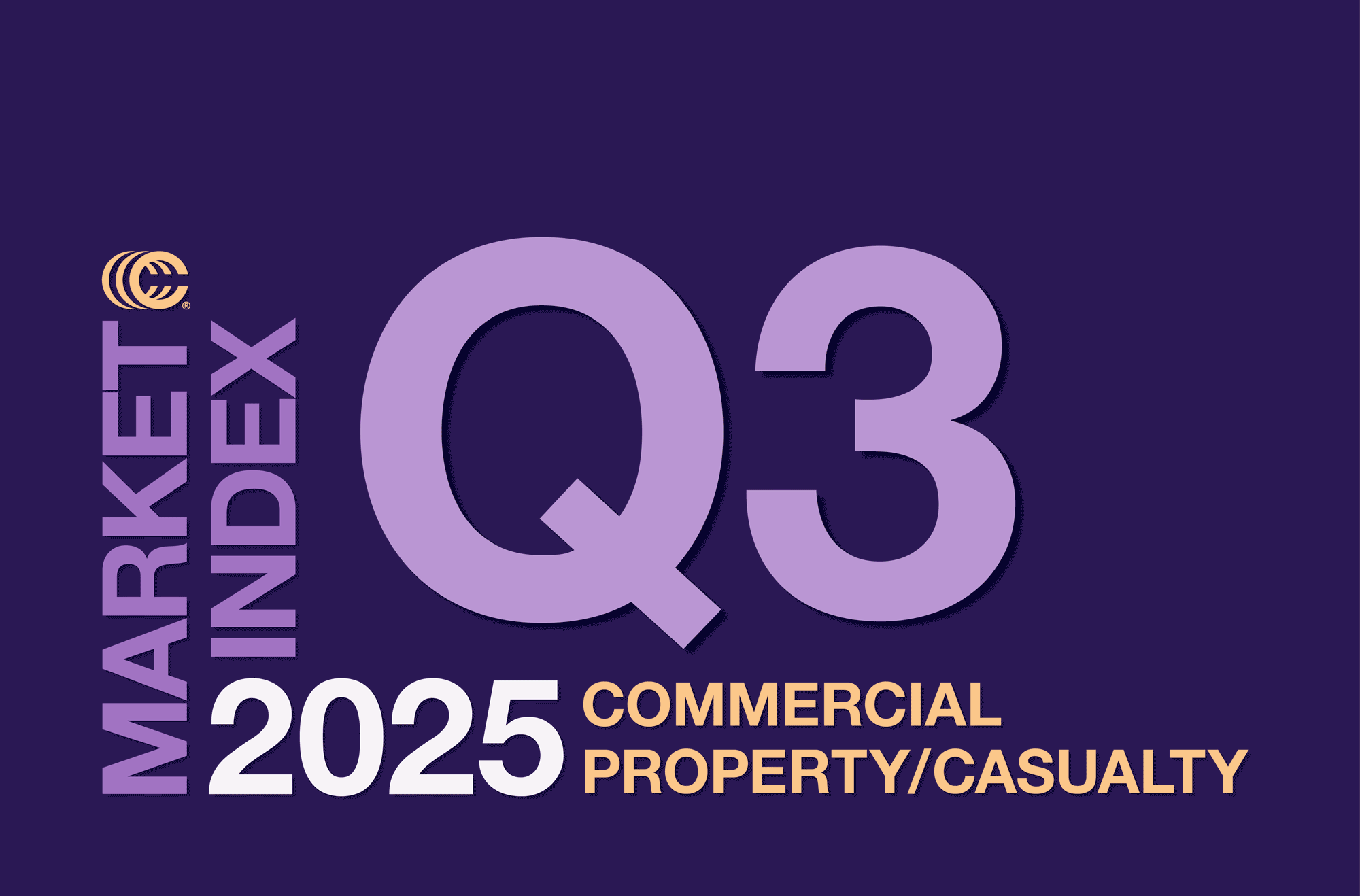
Safety Push

Wearables make dangerous jobs safer.
Right now, other than cell phones, there’s not a great way for workers to communicate if they’re injured or if they see something unsafe on the job site. Providing a wearable device that allows for a real-time communication of injuries tagged with an interior geolocation provides real, positive benefits.
The system allows you to know how many workers you have on a site and where they are in 3D space—what floor of the construction project and which zone of the floor in real time and historically. That’s paired with a host of safety features on the wearable, including a push button so an injured worker can send an automated alert to the safety supervisor’s phone with the worker’s name and location and an automated slip-trip-and-fall alert that sends the name and location of a worker who falls on site, whether that’s off a piece of machinery or down an elevator shaft. The entire system functions as an evacuation alert that can be triggered off the mobile dashboard.
Everything has very good power efficiency. There’s low to no maintenance from the worker’s standpoint, which is key. When you’re talking about wearable technology, if it’s not easy to use and it doesn’t provide real safety benefits, you’re going to have a hard time with compliance.
A lot of customers also use the push button for an unsafe work condition that needs attention. If you’re on a remote part of the site and you see a dangerous condition, instead of having to wait for the lift and find the safety supervisor and spend a good amount of time away from your work, the worker can simply push a button and know that someone will come and address the situation right away.




